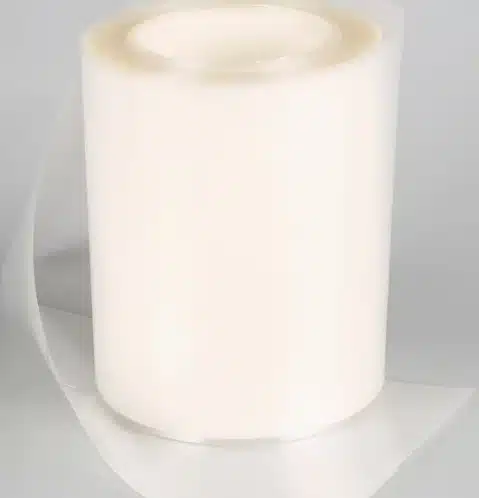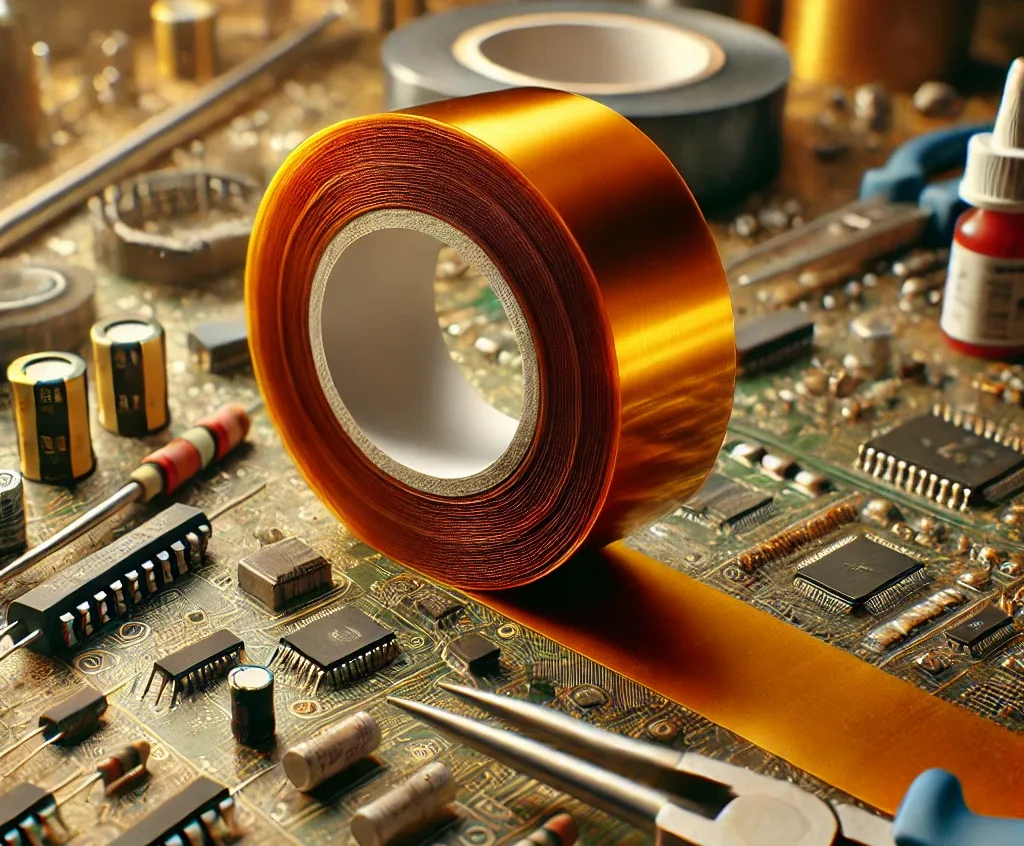Understanding Thermal Release Tape in LED Manufacturing
Thermal release tape is a highly specialized adhesive film used in high-precision manufacturing, particularly in LED production. It serves as a temporary bonding layer that adheres securely during processing—especially under elevated temperatures—and releases cleanly when heated to a specific threshold.
In miniLED and microLED chip production, maintaining surface cleanliness and component alignment is crucial. That’s where thermal release tape steps in, offering stable adhesion throughout complex stages like chip coating, encapsulation, and bonding, then peeling off without leaving any residue.
Key Benefits of Thermal Release Tape for Chip Processes
Using thermal release tape provides multiple advantages for modern LED fabrication:
- Clean Release: After exposure to elevated temperatures, the tape releases cleanly, leaving no adhesive residue behind.
- High-Temperature Resistance: It endures aggressive thermal processes like MOCVD and ALD without degrading.
- Minimal Contamination: The tape’s stable composition ensures low outgassing and surface protection, keeping chips free from defects.
- Improved Yield: Precise adhesion and effortless removal reduce chip damage and production loss.
Applications in miniLED and microLED Production
Thermal release tape is especially critical in advanced LED applications, including:
- Chip Coating: Ensures secure placement during spray, plasma, or layer deposition.
- Lamp Encapsulation: Holds delicate chips or lamps in place during resin injection or thermal treatment.
- Wafer-Level Processing: Temporary bonding support during dicing or chip thinning.
How Thermal Release Tape Works
The core principle behind thermal release tape lies in its temperature-activated adhesive. Initially, the tape behaves like a standard bonding film—strong, secure, and stable. When exposed to a specified temperature (usually around 120–180°C), the adhesive’s strength sharply decreases, allowing the tape to release effortlessly.
This feature is critical in LED manufacturing, where thermal cycles are routine and precision is non-negotiable.
Thermal vs. UV Release Tape
| Feature | Thermal Release Tape | UV Release Tape |
|---|---|---|
| Release Trigger | Heat exposure | UV light |
| Suitable Processes | High-temp bonding (MOCVD, ALD) | Low-temp, light-triggered detachment |
| Residue-Free | Yes | Yes |
| Process Sensitivity | High-temp only | UV environment required |
| Best Use | LED coating, encapsulation | Wafer bonding, inspection stages |
While both serve as temporary bonding solutions, thermal tapes are engineered for high-temperature operations, whereas UV tapes are more suited for photonic or low-heat processes.
Optimized Performance in High-Temp Environments
The ideal thermal release tape needs to survive—and perform—under extreme conditions. LED manufacturing often includes:
- MOCVD (Metal Organic Chemical Vapor Deposition)
- ALD (Atomic Layer Deposition)
Both require tapes that can hold components in place without warping, melting, or contaminating the environment. High-quality thermal tapes offer precise adhesion up to 180°C, then cleanly disengage post-process.

Technical Specifications of Thermal Release Tape
| Parameter | Specification |
|---|---|
| Adhesive Type | Thermal-activated |
| Temperature Resistance | 120–180°C |
| Base Film | PET |
| Peel Strength (before heating) | High |
| Peel Strength (after heating) | Low / Zero |
| Residue After Peel | None |
Ideal Material Properties for LED Compatibility
- PET Base Film: Provides mechanical stability and clarity for optical inspection.
- Low Outgassing: Reduces risk of contamination in sensitive coating environments.
- Thin & Flexible Structure: Adapts to tight geometries in microLED layouts.
- No Chemical Interference: Compatible with encapsulation resins and coatings.
Step-by-Step Use in LED Chip Coating & Encapsulation
- Lamination: Tape is applied to chip or wafer surface.
- Processing: Undergoes high-temp exposure (e.g., coating, bonding, deposition).
- Thermal Release: After cooling or re-heating, the tape peels away cleanly.
- Final Packaging: Chips proceed to assembly with minimal risk of contamination.
Choosing the Right Tape for Precision LED Manufacturing
When selecting a thermal release film for LEDs, consider:
- Adhesion Consistency: Should hold firmly during thermal cycles.
- Thermal Threshold: Must match your process heat requirements.
- Reworkability: Allows repositioning without affecting chip surface.
- Chemical Neutrality: No interference with optical or electrical materials.
Common Issues Prevented by Thermal Release Films
- Delamination: Firm hold prevents chip or lamp movement.
- Contamination: Low-residue formula keeps surfaces pristine.
- Scratches & Misalignment: Provides temporary barrier and placement support.
- Static Discharge: PET backing helps minimize ESD during handling.
Environmental & Handling Considerations
To maintain optimal performance:
- Storage: 18–25°C in a clean, dark, dry area.
- Avoid Pre-Exposure to Heat: Protect adhesive sensitivity.
- Shelf Life: Typically 6–12 months when stored properly.
Comparison: Thermal Release Tape vs. Conventional Protective Films
| Feature | Thermal Release Tape | Conventional Film |
|---|---|---|
| Clean Removal | Yes | May leave residue |
| High Temp Endurance | Up to 180°C | Limited |
| Controlled Detachment | Yes | No |
| Application Flexibility | High | Moderate |
| LED Compatibility | Excellent | Varies |
FAQs about Thermal Release Tape
Q1: How does thermal release tape work?
It uses heat-activated adhesive to hold during processing and releases cleanly when heated to a preset temperature.
Q2: What temperature is required to release the tape?
Typically between 120°C and 180°C, depending on tape specification.
Q3: What is it used for in LED manufacturing?
Mainly chip coating, lamp encapsulation, and wafer-level temporary bonding.
Q4: Can it be reused?
Most thermal release tapes are single-use to ensure consistent adhesion and clean removal.
Q5: Is it compatible with optical or resin materials?
Yes, especially those with PET backing and low outgassing formulas.
Q6: Does it leave residue after peel-off?
No, high-quality thermal release tapes are engineered to peel clean without adhesive transfer.
Conclusion: Unlocking Efficiency in LED Packaging with Thermal Release Technology
Thermal release tape has become an indispensable tool in advanced LED chip manufacturing, particularly for miniLED and microLED applications. Its high-temperature resistance, clean release performance, and compatibility with complex processes like MOCVD and ALD make it ideal for reducing defects and increasing yield.
For manufacturers seeking precision and reliability in thermal processing stages, Fonitaniya provides industry-leading thermal release solutions designed to meet the demands of modern LED production.FAQs about Thermal Release Tape




